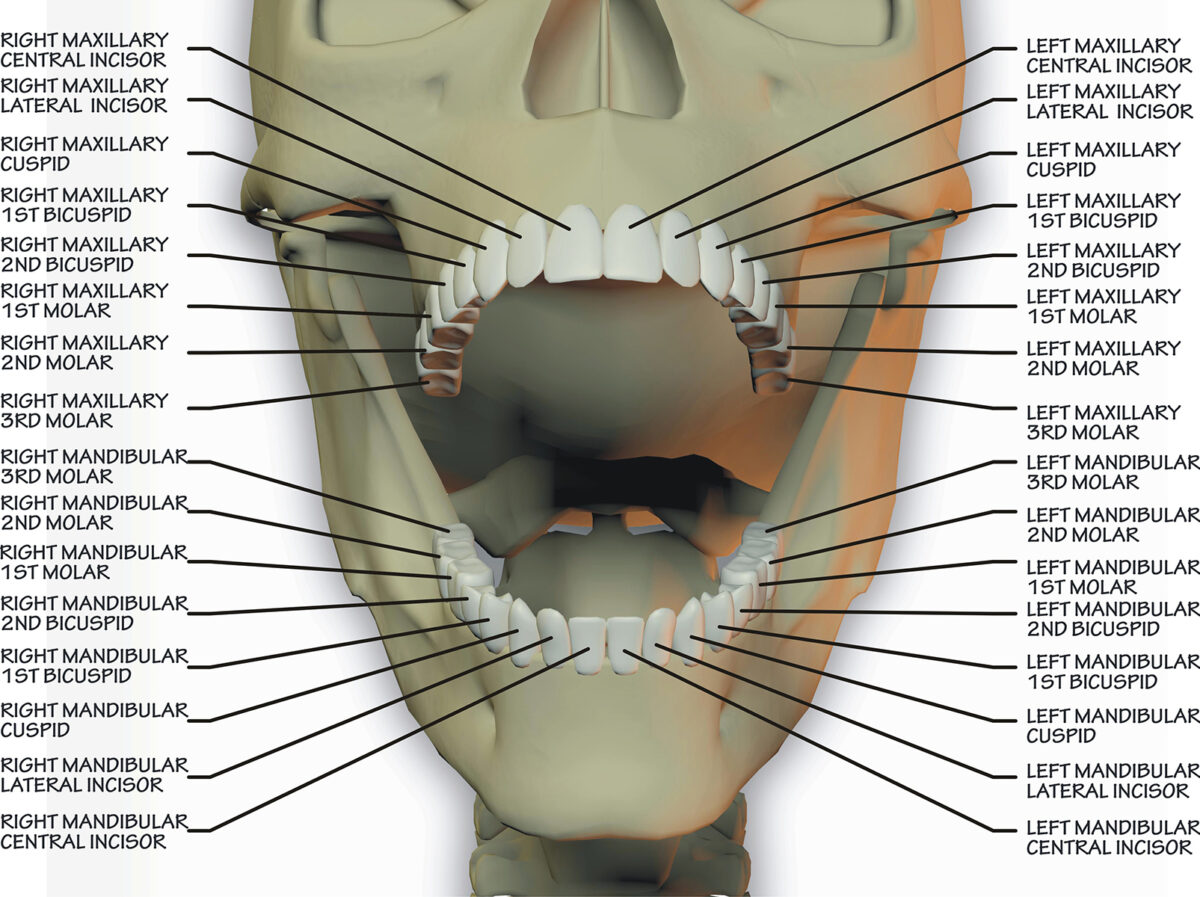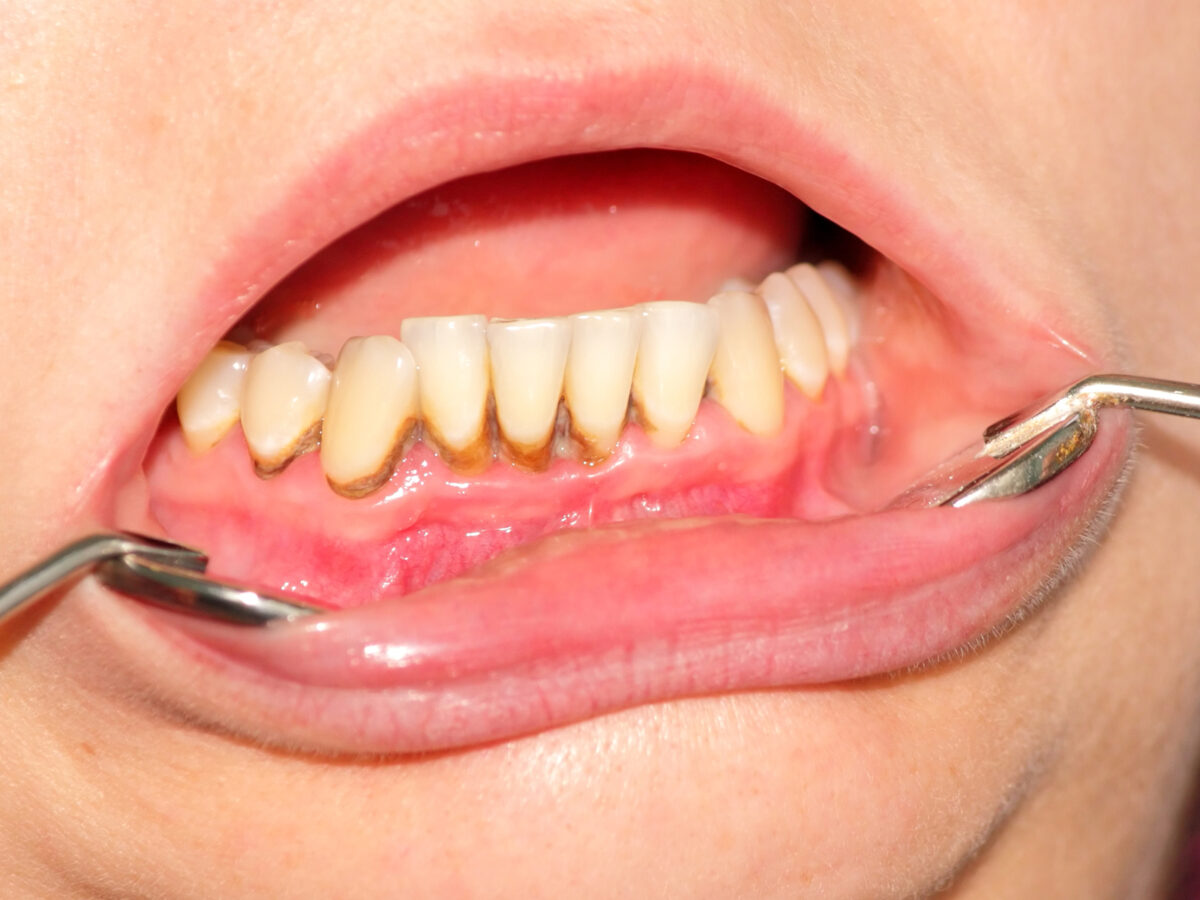Our teeth structure is categorized into four different types wherein each type serves a particular purpose for chewing and eating. One of the types is Molars divided into the upper and lower jaw. Maxillary molars are located in the upper jaw while Mandibular molars are placed in the lower jaw. This article will discuss the two in detail including the difference between them along with the different types of teeth.
Types of Teeth
Let’s begin with understanding the types of teeth first. It will allow you to understand the overall context better. Our jaw has four different types of teeth namely –
- Incisors: They are the front-most teeth used for cutting food. An adult normally has 8 incisors in adults including four in the upper jaw and four in the lower jaw.
- Canines: Located on each side of the lateral incisors, canines are slightly pointed teeth. They are also called cuspids because of their extended length and pointed shape. Canines are also known as eye teeth as they sit directly below the eye sockets. An adult generally has 4 canines.
- Premolars: The teeth located between the canines and the molars in the back of the mouth are known as premolars. They are sometimes referred to as bicuspids because of two pointed cusps on their biting surface. The premolars guide food from the canines to the molars in the back for chewing and that’s why they are considered as transitional teeth. An adult normally has 8 premolars.
- Molars: Molars are placed in the back of your mouth and are used to grind food. There are 6 molars each in the upper and lower jaw and three molars on either side of the jaw. A typical adult has 12 molars including 4 wisdom teeth. Molars are the largest teeth and designed for chewing, grinding, and clenching. Molars have 3 roots, 2 buccal, and 1 lingual. The main role of molars include maintenance of the vertical dimension of the face, and help to keep other teeth in proper alignment.
Maxillary Molars
Maxillary molars are the 6 molars on the maxillary (upper) arch or jaw. The molars have four well formed cusps, two buccal and two lingual cusps and one supplemental cusp of little practical use known as cusp of carabelli. one buccal groove, and 3 roots with tripod arrangement that enhance the anchorage in the alveolar bone.
The geometric form of the maxillary molars is a trapezoid in lingual view. They are rhomboids with 2 acute and 2 obtuse angles in occlusal view. The buccal surface is comparatively vertical. One of the characteristics of the maxillary molars is the presence of the oblique ridge on the occlusal surface.
Mandibular Molars
The 6 molars on the lower arch are known as Mandibular molars. The molars have two buccal grooves on the first molar and a single buccal groove on the second and third molar. They have two roots and no oblique ridge.
The geometric form of the mandibular molars is trapezoid in the buccal view while in the proximal view, they are rhomboid. These teeth carry the mesiodistal width that is much greater than the crown height. The buccal cups are blunt and often word down.
Difference between Maxillary and Mandibular Molars
The difference between Maxillary and Mandibular molars can be observed through their characteristics that are – Buccal cups, Buccal groove, Number of roots, Root trunk, Cervix of crown, Cusp of Carabelli, Crow, Oblique ridge, Transverse ridge, and Fossae.
The following table highlights the difference between the two:
| Maxillary Molars | Mandibular Molars |
| Have two buccal cups | Have two or three buccal cups |
| Have one buccal groove | Have two on the first molar buccal groove |
| Have three roots | Have two roots |
| Have a longer root trunk | Have a shorter root trunk |
| In Maxillary molars, Cervix of crown tapers more to lingual | In Mandibular molars, Cervix of crown tapers less to lingual. |
| In Maxillary molars, Cusp of Carabelli are commonly seen on the first molar | In Mandibular molars, Cusp of Carabelli are absent |
| Crown is more centered over the root | Crown is tipped more lingual over the root |
| Oblique ridge is present | Oblique ridge is absent |
| Have only one Transverse ridge | Have two Transverse ridge |
| Have square shape crown | Have pentagon shape crown |
| Has four fossae with large central and cigar-shaped distal fossae | Have three fossae with central being the largest |
Book Appointment to find out which treatment might be best for you.


